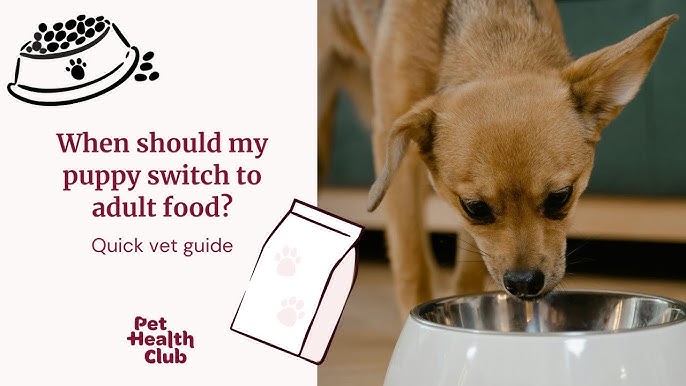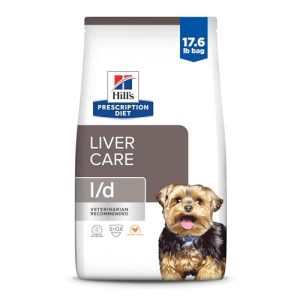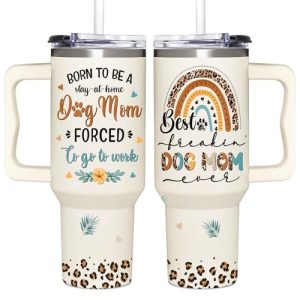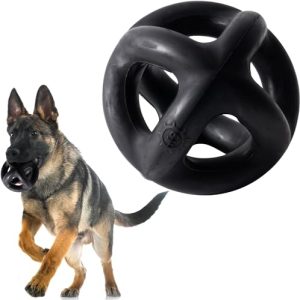Are you wondering when the right time is to switch your furry friend to adult dog food? Making this change at the perfect moment can boost your dog’s health, energy, and happiness.
But how do you know when your puppy has truly outgrown their puppy food? You’ll discover clear signs and expert tips to help you make the best choice for your dog’s diet. Keep reading to ensure your pet gets the nutrition they need to thrive at every stage of life.

Credit: jiminys.com
Signs Your Puppy Is Ready
Switching your puppy to adult dog food is an important step. It helps meet their changing needs as they grow.
Knowing the right time to switch can keep your dog healthy and happy. Watch for signs that show your puppy is ready.
Growth Milestones
Puppies grow fast in the first year. They reach adult size between 9 and 12 months, but this varies by breed.
- Weight is close to adult weight
- Teeth are fully grown and strong
- Body shape looks more mature
- Energy levels start to stabilize
Behavioral Changes
Your puppy’s behavior will change as they mature. Look for signs like less chewing and calmer moods.
They may also show less hyperactivity and more focus during training sessions.
Nutritional Needs Shift
Adult dogs need different nutrients than puppies. Their food should support maintenance, not rapid growth.
| Nutrient | Puppy Food | Adult Food |
|---|---|---|
| Protein | High for muscle growth | Moderate for maintenance |
| Calories | Higher for energy | Lower to prevent weight gain |
| Calcium | High to support bones | Lower to avoid excess |
| Fat | More for energy | Balanced for health |

Credit: petheavenblogs.com
Age Guidelines For Switching
Knowing when to switch your dog to adult food is important. Feeding the right food helps them grow strong and stay healthy.
Dogs need different nutrients at different life stages. Age is a key factor to decide the right time for the change.
Small Breeds
Small breed dogs grow faster than large breeds. They usually reach adulthood sooner. Most small dogs are ready for adult food at about 9 to 12 months old.
Switching too early or too late can affect their health. Watch their weight and energy to help decide the best time.
Medium Breeds
Medium breed dogs grow at a steady pace. They often need puppy food for a bit longer than small breeds. Usually, switching happens around 12 months of age.
Check your dog’s body condition and talk to your vet if unsure. Proper nutrition supports their active lifestyle as they mature.
Large Breeds
Large breed dogs take longer to grow fully. They often need puppy food until they are 12 to 18 months old. This helps their bones and joints develop well.
Switching too early can cause growth problems. Make sure to follow breed-specific guidelines or vet advice for the best timing.
Choosing The Right Adult Food
Switching to adult dog food is an important step in your dog’s life. Adult food meets their changing needs after puppyhood.
Picking the right food helps your dog stay healthy and active. It supports their growth and energy levels as adults.
Key Nutrients To Look For
Adult dogs need a balanced diet with specific nutrients. These nutrients keep their body strong and immune system healthy.
- Protein for muscle maintenance and energy
- Fat for healthy skin and a shiny coat
- Carbohydrates for steady energy release
- Vitamins and minerals for overall health
- Fiber to support digestion
Types Of Adult Dog Food
There are several types of adult dog food to choose from. Each type offers different benefits and suits different dogs.
- Dry kibble: convenient and helps clean teeth
- Wet food: more moisture and often tastier
- Raw food: less processed and close to natural diet
- Homemade food: made with fresh ingredients at home
Avoiding Common Pitfalls
Choosing adult dog food requires care to avoid mistakes. Wrong choices can cause health problems or poor nutrition.
- Do not switch food suddenly; change gradually over 7-10 days
- Avoid foods with too many fillers or artificial additives
- Check for allergens your dog may react to
- Do not overfeed; follow feeding guidelines on the package
- Consult your vet if you are unsure about the food

Credit: www.youtube.com
Transitioning Smoothly
Switching your dog to adult food is important for their health. Doing it slowly helps avoid stomach problems.
Plan the change carefully to keep your dog happy and healthy during the switch.
Gradual Food Introduction
Start by mixing a small amount of adult food with your dog’s current food. Slowly increase the adult food over several days.
This helps your dog’s stomach adjust to the new food and reduces digestive upset.
- Day 1-2: 25% adult food, 75% puppy food
- Day 3-4: 50% adult food, 50% puppy food
- Day 5-6: 75% adult food, 25% puppy food
- Day 7: 100% adult food
Monitoring Health And Digestion
Watch your dog’s stool and energy as you switch foods. Changes in digestion can show how they handle the new diet.
If your dog has diarrhea or vomiting, slow down the transition or check with a vet.
- Check for firm and regular stools
- Look for signs of discomfort or bloating
- Keep track of your dog’s energy levels
- Contact a vet if problems last more than two days
Adjusting Portion Sizes
Adult dogs need different amounts of food than puppies. Adjust portion sizes based on your dog’s weight and activity.
Follow feeding guidelines on the adult dog food package and check your dog’s weight regularly.
- Feed smaller portions if your dog is less active
- Increase portions for very active or large dogs
- Use a measuring cup to avoid overfeeding
- Talk to your vet about the best portion size
When To Consult A Vet
Knowing the right time to switch your dog to adult food is important. Every dog grows at its own pace.
A vet can help you decide the best time to make this change safely.
Health Concerns
Some health issues need special care before switching dog food. Your dog’s health can affect when to change diets.
Talk to your vet if your dog has:
- Weight problems
- Digestive troubles
- Skin allergies
- Chronic illnesses
Special Dietary Needs
Some dogs need food that fits their special needs. These needs depend on breed, size, or health.
Your vet can recommend the right adult dog food if your dog requires:
- Low-fat diets
- High-protein formulas
- Grain-free options
- Prescription diets
Signs Of Food Intolerance
Food intolerance can cause discomfort and health problems. Watch your dog for signs before switching food.
See a vet if your dog shows:
- Vomiting or diarrhea
- Itchy skin or redness
- Excessive gas
- Loss of appetite
Frequently Asked Questions
When Is The Right Age To Switch Dog Food?
Most dogs switch to adult dog food between 12 and 18 months. Small breeds may switch earlier, while large breeds might switch later. Consult your vet for personalized advice based on your dog’s breed, size, and health.
Why Switch From Puppy To Adult Dog Food?
Adult dog food meets mature dogs’ nutritional needs. It contains balanced proteins and fewer calories than puppy food. This helps maintain healthy weight and supports overall health as your dog grows.
What Are Signs To Change Dog Food?
Signs include slowed growth, decreased activity, and weight stability. If your dog stops growing or gains weight easily, it may be time to switch. Always consult your vet before making changes.
Can Switching Dog Food Too Early Harm Dogs?
Switching too early can cause nutrient deficiencies or digestive upset. Puppies need specific nutrients for growth. Wait until your dog reaches the recommended age before switching food.
Conclusion
Switching to adult dog food helps meet your pet’s changing needs. Watch for signs like age, size, and activity level. Feeding the right food supports health and energy. Don’t rush the change; transition slowly to avoid upset stomach. Consult your vet to find the best time and type.
Your dog will thank you with a happy, healthy life. Careful choices make a big difference in their wellbeing. Keep your dog’s diet balanced and nutritious every day. Simple steps lead to a strong, joyful companion.

Emily Barker is the founder of ChillDogLife.com, a space dedicated to helping pup parents discover the best dog products, lifestyle tips, and cozy ideas for happier homes.
A lifelong dog lover, Emily combines her passion for pets with a knack for research to share trusted recommendations on everything from toys and furniture to health and everyday care.
Her goal is simple: to make life easier, stylish, and more joyful for dogs and the people who love them.







